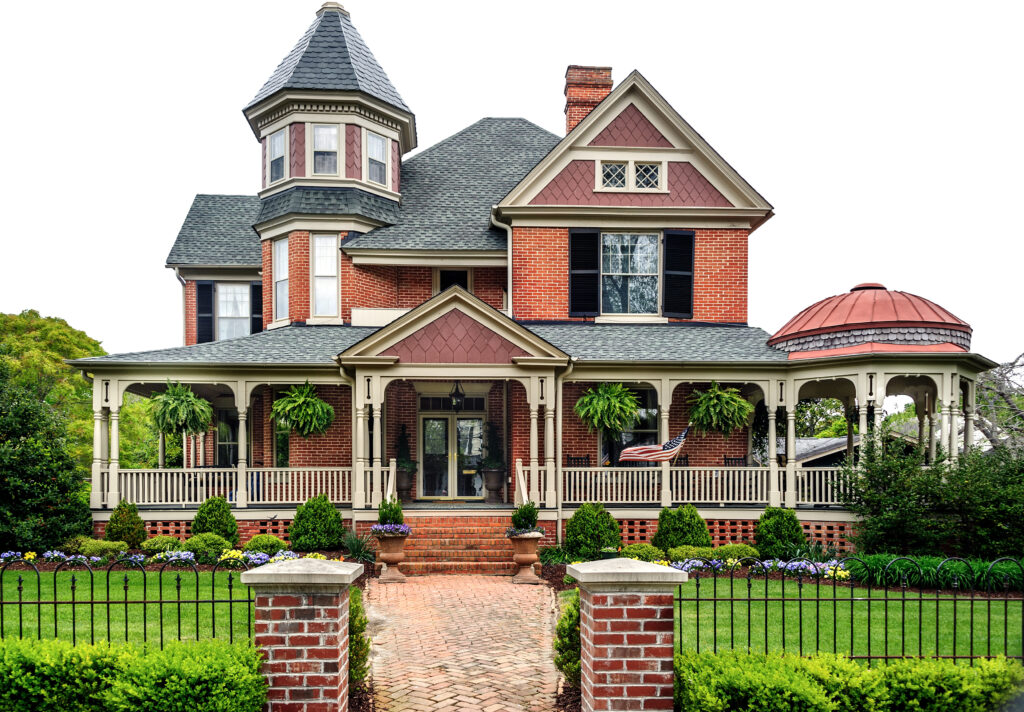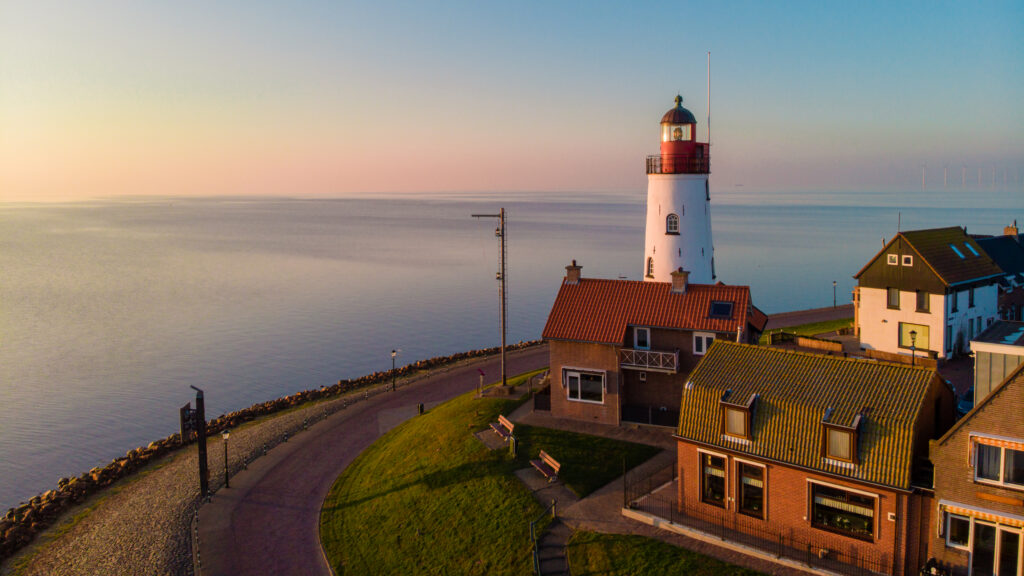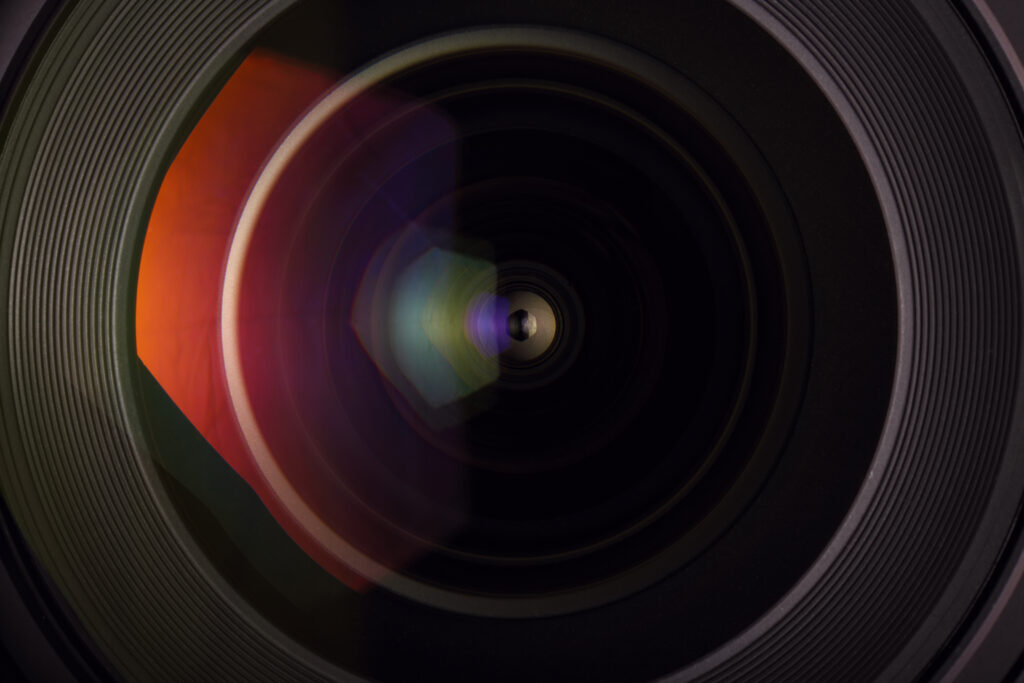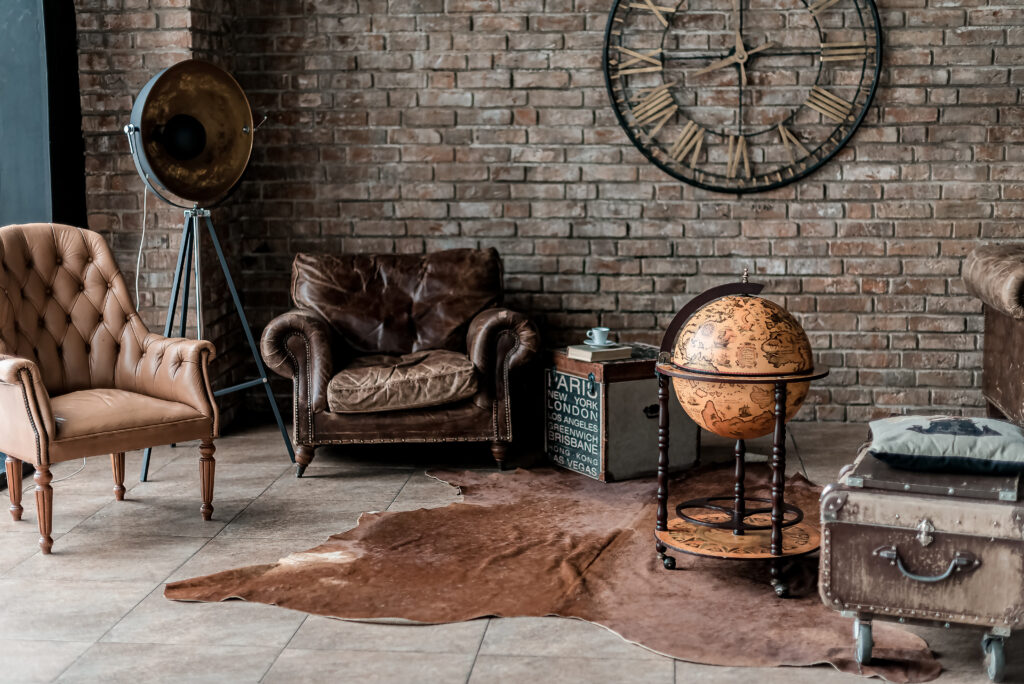Photographing Historic Homes: Capturing Charm and Character

When it comes to photographing historic homes, it is important to capture the charm and character that makes them so unique.
Historic homes are often filled with stunning architectural details that can easily be overlooked if not photographed properly.
In this blog post, we will discuss the best ways to photograph these special properties in order to truly capture their charm and character. From understanding the right angles to use to the types of lighting that work best, we’ll share tips to help you preserve the beauty of a historic home in your photos.
Get to Know the Home’s History
When you’re preparing to photograph a historic home, it’s important to take the time to get to know the home’s history.
Learn about its past owners, the era in which it was built, and how the area has changed over time. All of these details will help you to understand the charm and character of the home and make your photographs that much more authentic.
Take the time to look through old photos or documents, if available. Seeing the home at a different time can provide invaluable context for your photos and help you appreciate the home’s unique features even more. It’s also worth considering any previous renovations or restorations done on the home, as these can also have an effect on its current state.
Knowing all of this information before beginning your photo shoot will enable you to really capture the essence of the home.
Consider the Lighting

When photographing historic homes, one of the most important elements to consider is the lighting. The right lighting can bring out the character and charm of the home, while the wrong lighting can make it appear flat and dull.
When shooting indoors, be sure to make use of natural light as much as possible. Open all windows and curtains to let in natural light, and take advantage of any skylights or openings in the roof. If necessary, you can supplement natural light with studio lighting to brighten up darker corners and make sure your photos look professional.
With outdoor shoots, try to capture the home in the golden hours of dawn or dusk when the natural light is warm and inviting. You can also use reflectors to bounce light off walls and furniture to fill dark spaces. Additionally, wait for overcast days or sunny days with clouds for a softer light that won’t create harsh shadows or overly bright spots in your photos.
By carefully considering the lighting, you can ensure that your photos capture the true beauty of a historic home and do justice to its unique character and charm.
Use a Wide-Angle Lens

When it comes to taking pictures of historic homes, a wide-angle lens is your best bet.
A wide-angle lens allows you to capture the whole house in one photo, and can help you emphasize the unique details and features of the home. When using a wide-angle lens, make sure to keep the camera level and avoid pointing it up or down, as this can distort the proportions of the house. Additionally, be sure to frame your shot carefully, as a wide-angle lens can easily make the photo look cluttered.
If you’re shooting with a digital camera, you may want to consider using a fish-eye lens for an extra wide-angle effect. This type of lens creates a distorted image that can help draw the viewer’s attention to certain parts of the photo. However, use this effect sparingly; too much distortion can quickly ruin the effect.
When using a wide-angle lens to photograph a historic home, remember to take your time and move around the house for different perspectives. Capture details like ornate window frames, rustic fireplaces, and intricate carpentry. All of these features help tell the story of the home and add visual interest to your photos.
Capture the Details

When photographing a historic home, it’s important to capture all the special details that make it unique.
From original fireplaces to hand-crafted woodwork, these are the things that give a home character. Make sure you have a plan for photographing these details before you arrive so you don’t miss any important shots.
One way to photograph the details is to use a macro lens. A macro lens allows you to get close-up shots of the small details in the house. This gives you the opportunity to capture the intricacy of hand-carved wood trim or beautiful window shutters. For an even more artistic take, consider using a tilt-shift lens which can help you capture stunning miniature-style shots of the home.
Another way to capture the details is to include them in wide shots. Try positioning yourself in the right spot in order to include some of the details in the background. This could be a bookshelf, a staircase, or an interesting wall feature – whatever makes the home special.
Finally, don’t forget about the exterior of the home. Historic homes often have special features such as lush gardens and old street lamps that add to their charm. Make sure you spend time photographing these details, as well as any architectural features that stand out.
By taking the time to capture all the unique details of a historic home, you’ll create photographs that truly capture its character and charm.
Edit Carefully
Once you have taken your photos of the historic home, it’s time to get to work in the editing room.
Editing your photos is a crucial part of the process to ensure that you capture the home’s true character and charm. Keep an eye out for elements that you can enhance or refine, like lighting and shadows, to give the image a more dramatic look.
When editing, it’s important to be mindful of preserving the original look and feel of the home. While you can make some adjustments, be sure not to go overboard and change too much. Adding filters or making other drastic changes may take away from the real charm of the home.
It’s also important to take your time while editing. Review each photo individually and make any necessary adjustments. Make sure to save a copy of the original photo so you can refer back to it as you edit. This will help you keep track of your progress and ensure that you stay true to the spirit of the home.
When it comes to photographing historic homes, taking your time in the editing room is just as important as taking your time behind the lens. The goal is to capture the character and charm of the home in a way that truly reflects its unique story. With careful attention and dedication, you can ensure that you produce quality photos that do justice to this timeless piece of history.
Selling a property? Reach out to us today to learn more about our professional photography services and other marketing!
For more content, check out our new podcast here!
